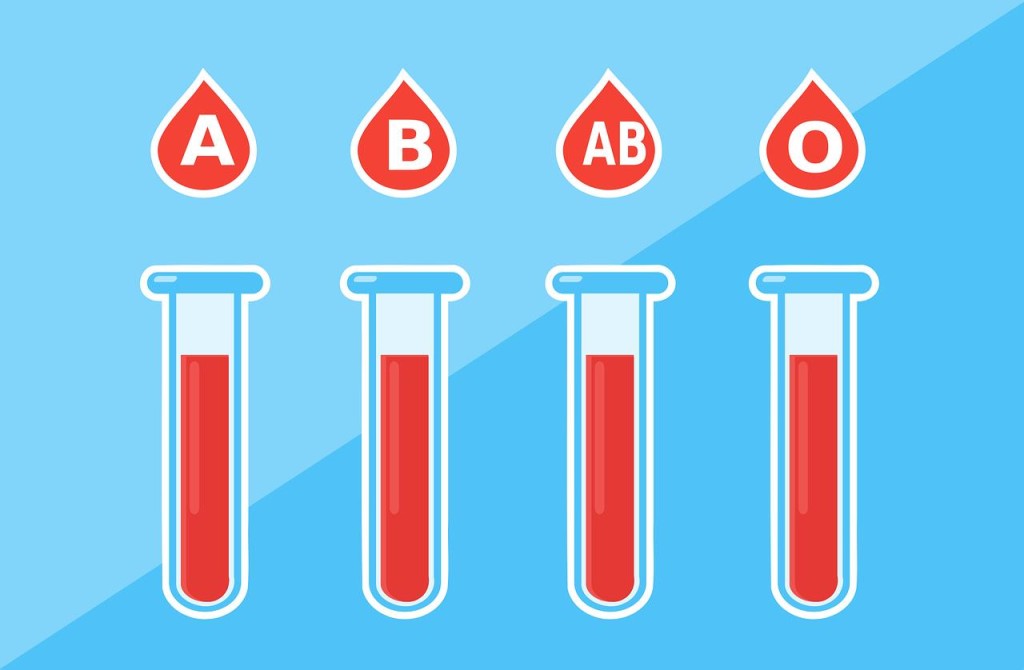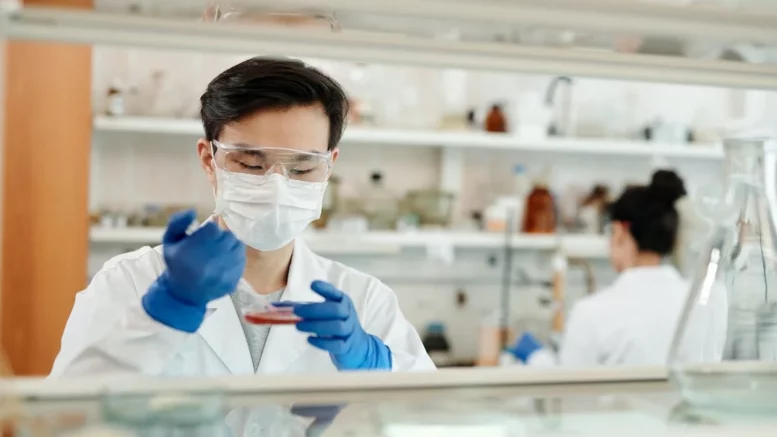Stem cell therapy is a type of regenerative medicine that treats disease and injury by using the body’s own cells. Stem cells are found in adults, children, and babies, but they can be isolated from umbilical cord blood or bone marrow. These cells can be used to help heal broken bones and other damaged tissue and organs.
They can also be used to treat a variety of illnesses, including cancer, diabetes, and heart disease. Stem cell therapy is also known as regenerative cell therapy because it allows the body’s tissues to heal themselves rather than requiring surgery or medication.
In this article, we’ll look at some of the most promising areas where stem cell therapy is having a major impact on people’s lives.
Cancer
Cancer treatment is one of the most promising areas for stem cell therapy. Stem cells can be used to replace or repair damaged tissue and organs, which is especially useful in cancer treatment.
The American Cancer Society predicted that there would be 1.9 million new cancer cases and 609,360 cancer-related deaths in the US in 2022, or roughly 1,670 deaths per day. These numbers indicate that cancer is a growing epidemic in America, and it’s becoming more common to hear about people who have been diagnosed with the disease.
Stem cell therapy is effective in treating cancer which helps the affected individuals quickly recover from it. Uncontrolled cell division in the body leads to tumors, which is a condition known as cancer. Stem cell therapy has been shown to be effective at treating cancer because it can be used to replace damaged tissue and restore normal function to the body.
Stem cell therapy can be used to treat various types of cancers by taking a sample of your own blood or bone marrow and extracting the stem cells from them. These cells are then injected back into your body to help fight off any remaining cancer cells that may still be present after undergoing chemotherapy or radiation therapy.
Sickle Cell Disease
Red blood cells, which are in charge of delivering oxygen to the body’s tissues, are impacted by the blood disorder known as sickle cell disease. The disorder is characterized by an abnormal formation of sickle-shaped red blood cells, which can cause pain and organ failure.
Sickle cell disease develops when a person acquires two sets of the sickle cell gene. One copy of this gene comes from each parent. A person with one copy of this gene has a sickle cell trait and will not have symptoms associated with the disease. However, if they have two copies of this gene, they will have sickle cell disease.

According to information from the National Library of Medicine, there are an estimated 100,000 people in the United States who have sickle cell disease. This number is expected to rise as more people in African American communities are tested for it during pregnancy and after birth.
Adults with sickle cell disease have been shown to benefit from stem cell therapy. Stem cells are capable of producing new blood cells, which can replace the damaged ones caused by the disease. The stem cells used in these treatments are obtained from bone marrow or blood, and they can be cultured in a laboratory before being injected into the body.
Parkinson’s Disease
According to a study funded by the 2022 Parkinson’s Foundation, Parkinson’s disease affects roughly 90,000 Americans every year. These figures indicate that there is a large number of people who need treatment for this condition every year and that there is an urgent need for better treatments for this debilitating disease.
The brain’s dopamine-producing neurons are damaged as a result of Parkinson’s disease. As you may know, dopamine is essential for movement and coordination, as well as memory and mood. When these neurons die off or become damaged, they no longer produce enough dopamine to keep your body functioning normally.
Stem cell therapy has proven effective in treating Parkinson’s disease because it allows doctors to replace these damaged neurons with new ones that can produce dopamine again. This means patients may be able to get back some of their lost mobility and independence.
Spinal Cord Injuries
Spinal cord injuries (SCIs) are a major cause of disability in the United States, with an estimated 450,000 Americans living with them, as reported by the National Spinal Cord Injury Association.
There are a number of ways that stem cell therapy can be effective in treating spinal cord injuries.
First, stem cell therapy is able to help improve the function of neurons and their ability to communicate with other cells. This helps both injured and healthy cells work together again so that they can function together properly and regenerate damaged tissue.
Second, stem cell therapy aids in improving the efficiency of the body’s natural repair processes. The body’s natural response to injury is to create scar tissue instead of new cells and tissues, but this can lead to persistent pain and decreased mobility due to the increased rigidity and reduced flexibility of scar tissue compared with normal tissues.
Moreover, stem cell therapy helps reduce these effects by encouraging healthy tissue growth instead of scarring by encouraging cellular regeneration at sites where damage has occurred or been sustained.
In Conclusion
Stem cell therapy is a relatively new field, but it’s growing in popularity and has a lot of potential to change the way we heal.
Stem cell therapy has become increasingly relevant for a variety of conditions. The advantages of stem cell therapy have been proven to be effective in the treatment of various diseases, including the four mentioned above.
